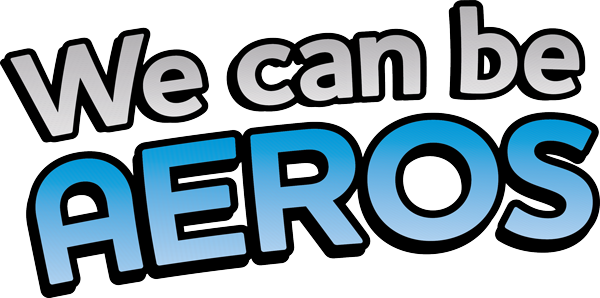Turning on the hot water tap instead of the cold, touching a hot plate not realising it’s on, burns are one of the most common household injuries, especially amongst children. Even a minor burn can be extremely painful, and when not treated properly, can lead to infection.
In this article we’ll take you through the basics of identifying and treating burns so next time someone suffers from a burn in your home, you can be an Aero.
How do I tell the difference between a major and a minor burn?
The first thing you need to do when you encounter a burn is to identify whether it is a major burn, which will require emergency professional treatment, or a minor burn, which you can treat yourself assuming you have the right materials in your first aid kit. If you think you are dealing with a major burn but you are unsure, always play it safe and have it examined by a professional.
You are most probably familiar with the three categories used to classify a burn; first-degree, second-degree and third-degree, but are you able to list the symptoms that classify these categories?
Here are some points that will help you identify what category of burn you are up against.
What is a first-degree burn?
First-degree burns are minor burns and are very common. They might be caused by accidentally touching a hot iron, hair straightener or a stovetop. Some first-degree burns are even caused by sunburn.
A first-degree burn will be identifiable by the following symptoms;
- Redness of the skin (similar to a sunburn)
- Non-blistered skin
- Minor inflammation or swelling
Warning: while the burn might appear to a first degree or minor, if it covers a large area of skin, you should still seek help from a medical professional.
What is a second-degree burn?
A second-degree burn is considered more serious than a first-degree burn as the damage extends beyond the first layer of skin. Some of the most common causes of second-degree burn include skin coming into contact with very hot water, open flames, and chemicals.
A second-degree burn is identifiable by the following symptoms:
- Some blistering
- Some thickening of the thin
Warning: Most second degree burns can be treated at home however if they affect areas the face, hands, buttocks, groin, or feet you should seek medical assistance.
What is a third-degree burn?
If your burn is exhibiting any of the following symptoms;
- waxy and white in colour
- Char or dark brown in colour
- raised and leathery texture
- blisters that do not develop
Call emergency services immediately and do not attempt to treat this burn yourself. While you wait for emergency services, raise the burn above heart level and make sure no clothing is touching the burn.
How do I treat a minor burn?
Minor burns are the most common type of burn and thankfully they can be treated at home using Aero’s burn treatment products. If the burn symptoms appear to be minor (minor inflammation and swelling, redness, tenderness, little to no blistering) you can treat it by following these two easy steps.
Step 1. Cool and hydrate the burn using Aero’sBurn Gel Dressing leave this gel on the burn for up to two hours.
Step 2. Dress the burn using Aero’sWaterproof Film Dressing. This product comes with an integrated frame applicator to guide you in covering the affected area. This dressing can be left in place for up to 7 days. Make sure you add Aero’s Burn Gel Dressing and Aero’s Waterproof Film Dressing to your first aid kit so the next time a loved one suffers from a minor burn you can be their Aero.
